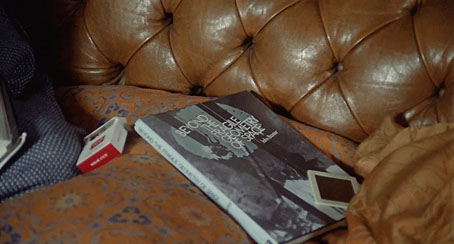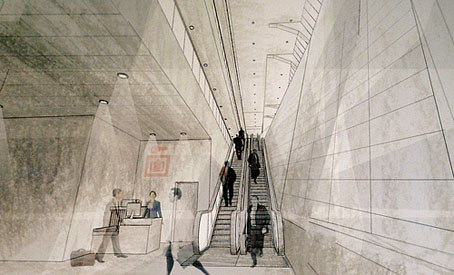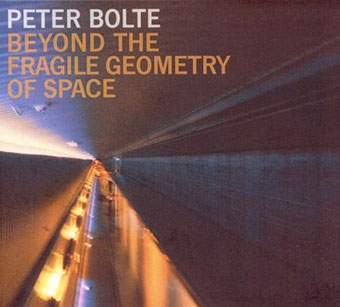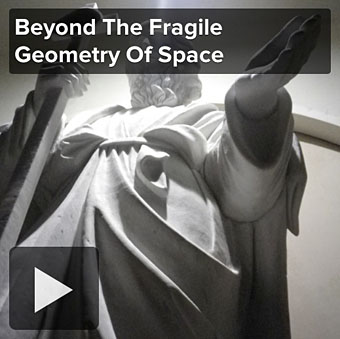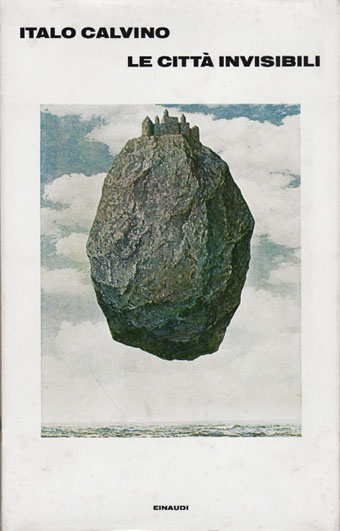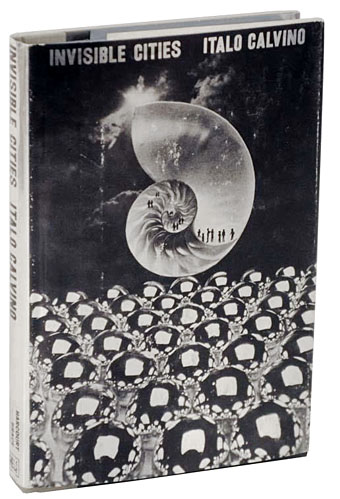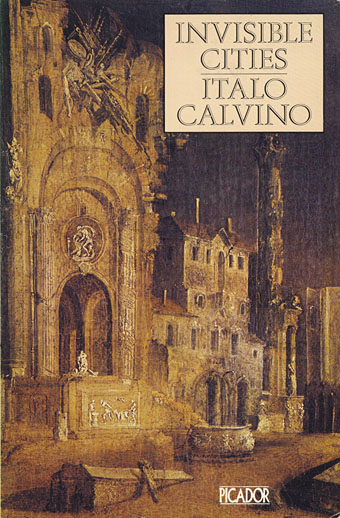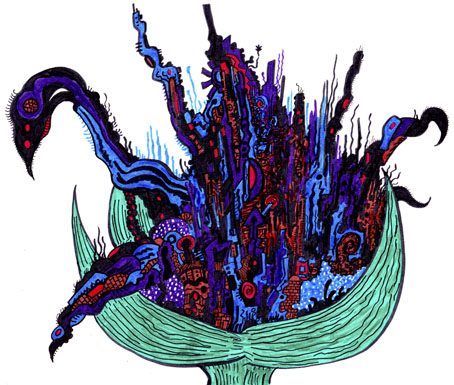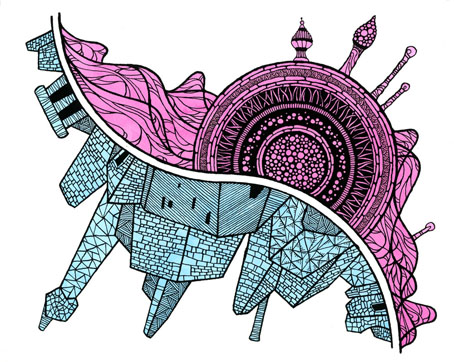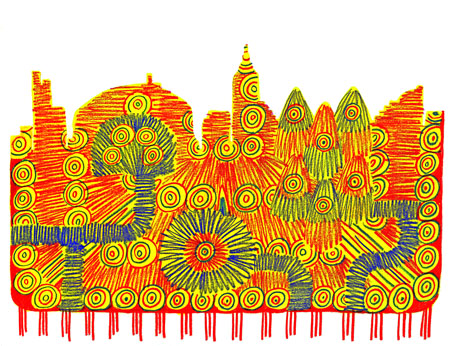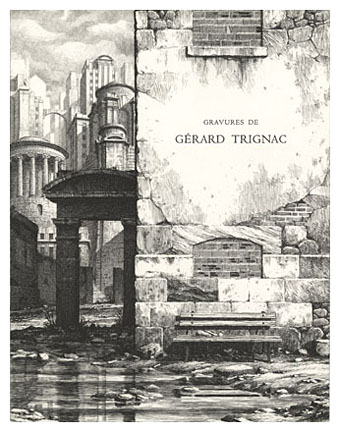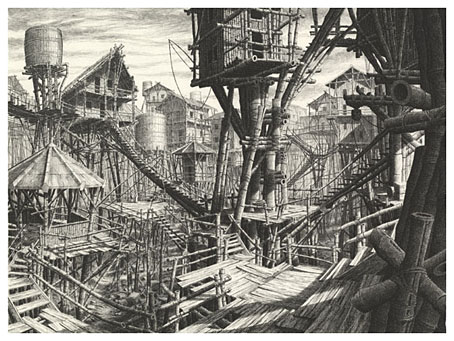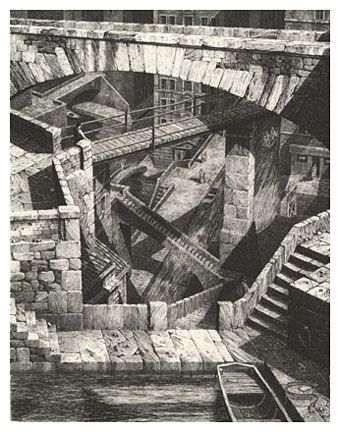1: A fictional book by a fictional character.
Don’t Look Now (1973): written by Allan Scott & Chris Bryant, directed by Nicolas Roeg. In the published screenplay Laura Baxter is described consulting a book written by her husband, John, but no title is given.
2: An architectural proposal for Venice.
Beyond the Fragile Geometry of Space. Studio 6 (Tutors Eamonn Canniffe and Renata Tyszczuk) – University of Sheffield School of Architecture: Exhibition at Sylvester Works Sheffield (Location, exhibition now closed). The studio projects dealt with the possibilities for the northern edge of Venice of the proposal to build a ‘sublagunare’ underground rapid transit system between Marco Polo Airport and the island. Stretching from the Sacca della Misericordia to the Arsenale the projects were developed as a group masterplan with a series of individual interventions, each of which dealt with the down-at-heel historic fabric or proposed new islands for transport, museological or environmental uses. As an ensemble the projects in effect create a new facade to the city, opposite to David Chipperfield’s extension to the cemetery on the island of San Michele.
3: A jazz album by Peter Bolte.
Beyond the Fragile Geometry of Space (2007).
4: A mix by cat_dentures.
Beyond the Fragile Geometry of Space (2011) at 8tracks.
Previously on { feuilleton }
• Canal view
• Petulia film posters

